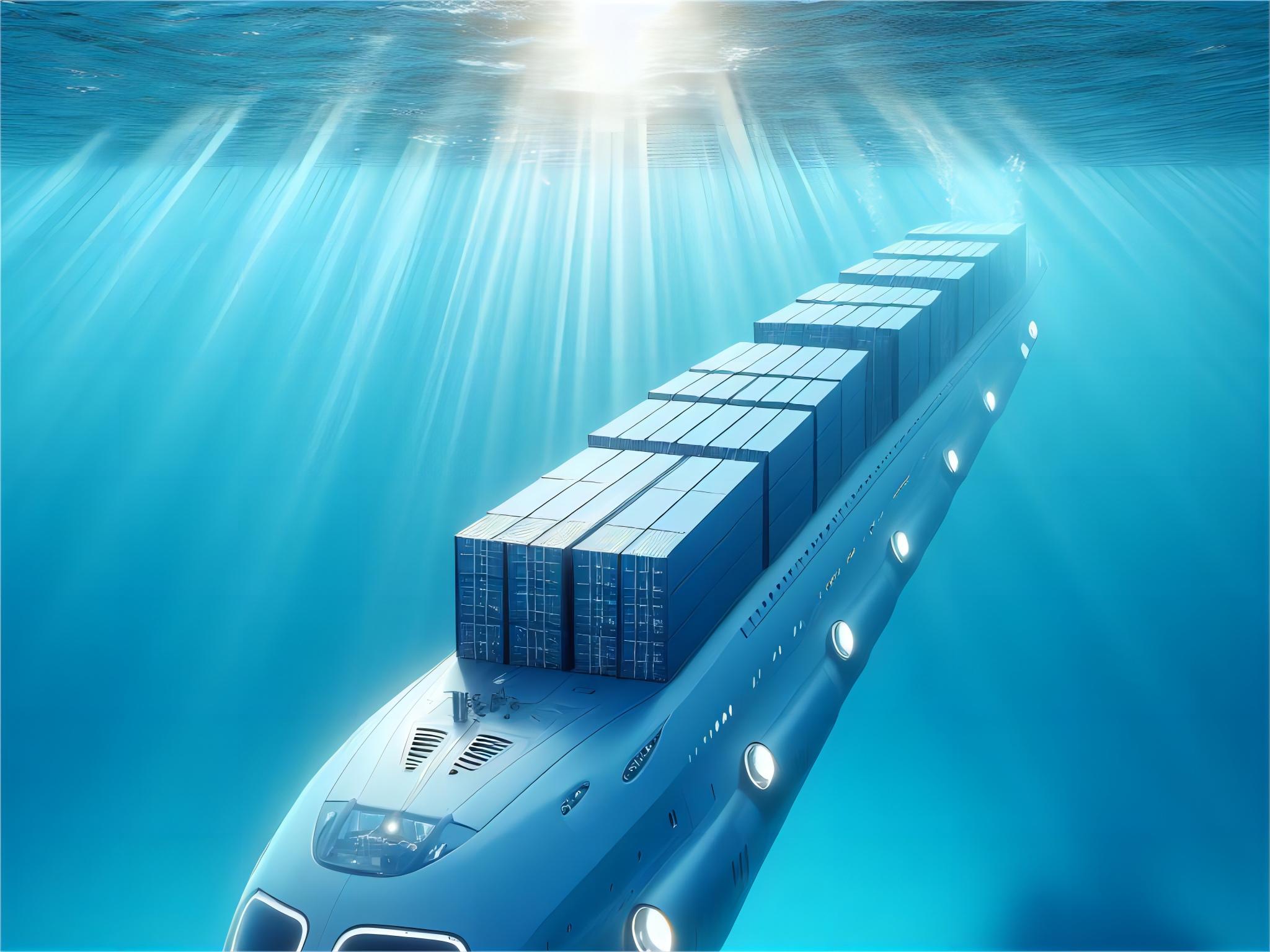When I first decided to ship goods from China to the Vatican, I was filled with questions. “How are goods shipped from China to the Vatican?” became my top concern, as I needed to ensure my cargo reached its destination smoothly and efficiently. After conducting extensive research, consulting with shipping experts, and drawing from my own experiences, I’ve gained a comprehensive understanding of the shipping process, and I’m eager to share it with you.
1. Shipping Methods and Their Processes
Sea Freight
Sea freight is a common choice for large – volume shipments. First, I load my goods into containers at Chinese ports like Shanghai or Shenzhen. Then, the containers are transported by cargo ships to a port near the Vatican, such as Livorno or Genoa in Italy. Since the Vatican is landlocked, after the ship arrives at the Italian port, I arrange for truck or rail transport to deliver the goods to the Vatican. The entire process usually takes 30 – 45 days, but it offers a cost – effective solution for non – urgent items. For example, when I shipped a large batch of furniture, sea freight helped me save a significant amount on shipping costs.
Air Freight
Air freight is the fastest option. I take my goods to Chinese international airports, like Beijing Capital International Airport or Shanghai Pudong International Airport. Airlines then transport the cargo to an airport near the Vatican, typically Leonardo da Vinci – Fiumicino Airport in Rome. From there, I can use ground transportation, such as a delivery truck, to get the goods to their final destination in the Vatican. This method only takes 3 – 7 days, making it perfect for urgent or high – value items. Once, I shipped some time – sensitive medical supplies via air freight, and it ensured timely delivery.
Rail Freight
Rail freight provides a balance between speed and cost. I start by sending my goods to a railway station in China that is part of the China – Europe Railway Express network, like Zhengzhou or Yiwu. The goods then travel by train across Eurasia to a major European railway hub. From there, I transfer the goods to local rail or road transport to reach the Vatican. The journey usually takes about 15 – 25 days, and it’s a reliable choice for many types of goods. I’ve used rail freight to ship electronics, and it worked well.
2. Choosing the Right Shipping Method
Consider Cargo Characteristics
I assess the nature of my goods first. If they are large, heavy, and non – urgent, like building materials or furniture, sea freight is ideal. For small, valuable, or time – critical items, such as jewelry or important documents, air freight is the better option. When shipping ordinary consumer goods that are not too urgent, rail freight can be a great middle – ground choice.
Evaluate Cost and Time Requirements
I compare the costs and transit times of different methods. Sea freight is the most affordable for large volumes but takes the longest. Air freight is the quickest but also the most expensive. Rail freight offers a reasonable cost – time ratio. I once needed to ship a moderate – sized batch of clothing. By carefully considering my budget and the delivery deadline, I chose rail freight, which met both my cost and time needs.
3. Handling Challenges During Shipping
Customs Clearance
Customs procedures in both China and the Vatican (through Italian customs) can be complex. I make sure to prepare all the necessary documents, including commercial invoices, packing lists, and certificates of origin. To avoid delays, I work with experienced freight forwarders like China Top Freight. Their team is well – versed in customs regulations and can handle all the paperwork efficiently. They once helped me smoothly clear a shipment of handicrafts through customs, saving me a lot of trouble.
Delays
Delays can occur due to various reasons, such as bad weather, port congestion, or railway disruptions. I stay in close contact with my shipping provider and freight forwarder. China Top Freight always keeps me informed about any potential delays and proactively offers solutions. When a typhoon caused a sea – freight delay for my shipment, they quickly arranged an alternative route to minimize the impact on the delivery time.
Cargo Safety
To ensure the safety of my goods, I pay attention to proper packaging. For fragile items, I use extra cushioning materials. I also purchase cargo insurance, especially for high – value goods. China Top Freight provides valuable advice on packaging and insurance, helping me protect my cargo throughout the shipping process.
In conclusion, if you’re still wondering “How are goods shipped from China to the Vatican?”, China Top Freight is here to provide the perfect solution. With our professional expertise, extensive network, and dedicated service, we can handle every aspect of your shipment, from choosing the right method to ensuring safe and timely delivery. Don’t let shipping concerns hold you back. Contact China Top Freight today and experience hassle – free shipping from China to the Vatican!


